He was perhaps the most celebrated naval historian of his era, an influential promoter of United States naval and commercial expansion during America’s rise to world power in the late nineteenth century.
As the author of numerous articles and books, including the landmark The Influence of Sea Power Upon History, 1660-1783, Alfred Thayer Mahan was widely regarded as a brilliant naval theorist.
From his writings, readers would never have guessed, however, that the renowned champion of the United States Navy hated the sea, and while an active-duty naval officer, lived in constant fear of ocean storms and colliding ships.
Mahan’s fear of accidents at sea was not unfounded.
During a 40-year naval career that began as a midshipman at the U.S. Naval Academy in 1856, he was involved in numerous maritime mishaps.
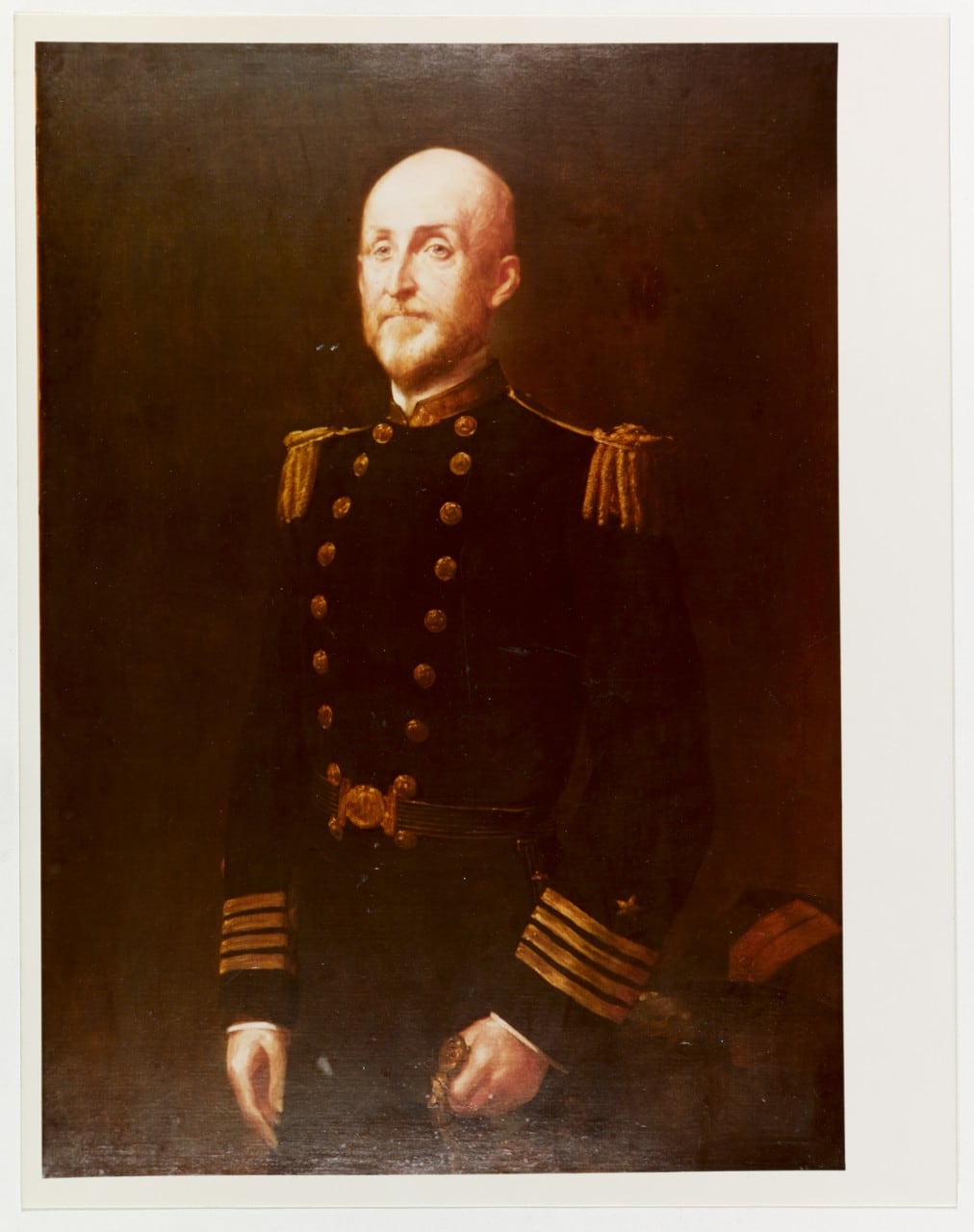
As a young first lieutenant in 1861, Mahan was named the executive officer of Capt. Percival Drayton’s steam corvette Pocahontas, and immediately set a dubious standard for his budding career. Drayton was familiar with his new junior officer and noted in his diary that Mahan was “young enough not to have too fixed ways and is quite clever.” Drayton, however, had never seen Mahan handle a ship.
On Nov. 7, 1861, a small Union fleet assaulted Fort Walker at Port Royal, South Carolina, a Confederate stronghold on the edge of Drayton’s hometown that was commanded, as chance would have it, by his brother Thomas. Delayed by a storm and mechanical problems, the Pocahontas arrived on the scene after the other ships had pounded the fort into submission.
As his vessel moved through the water to join the rest of the flotilla in Port Royal Sound, Lt. Mahan became engrossed in observing his superior officer, who was deep in thought over the fate of his defeated brother inside the pulverized fort. Mahan enjoyed studying human emotions and expressions, but as the deck officer that day, he should have been watching the direction in which his ship was drifting.
Suddenly, the Pocahontas slammed into the anchored Union sloop Seminole. The vain executive officer deflected any blame for his slip-up by suggesting that the fault lay with his superior, Capt. Drayton, who, he sarcastically noted, “had done a good deal of staff duty; had less than the usual deck habit of his period.”
Following this incident, Mahan served ten months on blockade duty before the Navy Department assigned him to teach seamanship at the Naval Academy, which had been transferred from Annapolis, Maryland, to Newport, Rhode Island, as a wartime precaution.
Mahan’s effectiveness as a teacher of seamanship proved to be as questionable as his own ability to handle a ship; he later recalled the “humiliation” and “bad luck” of having to teach subjects such as knotting, which he considered unworthy of his time.
Mahan, who rated himself intellectually superior to almost everyone, was not well liked by his students, and during his 13 months in Newport, he rapidly began to dislike his chosen profession.
Mahan reluctantly returned to sea duty and soon built upon the shaky record he had established while serving on the Pocahontas.
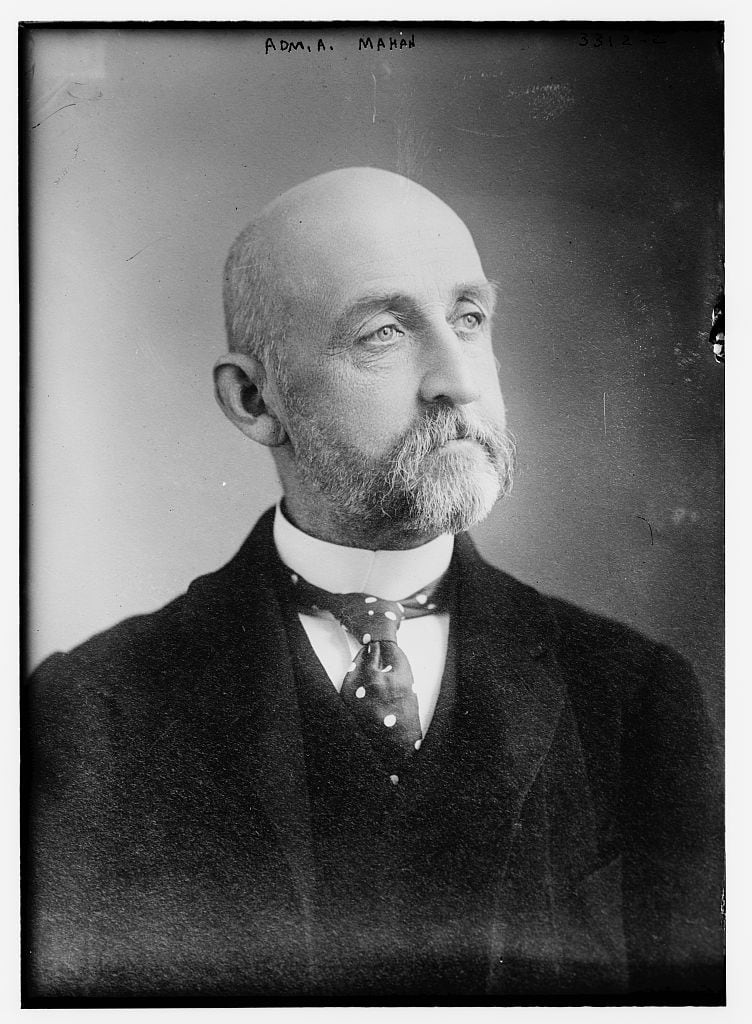
His lack of confidence in handling ships was apparent from his reaction to a successful, routine maneuver in 1869. Returning from target practice in the Pacific Ocean on board the sloop of war Iroquois, Mahan managed to bring his ship back into Japan’s Yokohama Harbor without hitting another vessel.
“Vanity excited,” he wrote of the experience on the Iroquois, which was, however, an exception, not the rule.
In 1874, he ran the sidewheel gunboat Wasp into a barge at the ship’s anchorage in Montevideo, Uruguay. He also was responsible for “doing slight damage” to an Argentinean warship during a storm off Buenos Aires on Nov. 3, 1874.
More embarrassing than these accidents, however, was the time that Mahan clumsily wedged the Wasp into a dry dock caisson at Montevideo, where it remained stuck for 10 days. This absurd episode prompted Mahan-biographer Robert Seager II to comment that “Alfred Thayer Mahan may be the only commanding officer in the history of the U.S. Navy rendered hors de combat by a dry dock.”
Only his family and his few friends ever knew about the emotional and physical turmoil that enveloped Mahan each time he took command of a ship. On one occasion he confessed to his wife Ellen that he sometimes feared “breaking down under the uncongenial load” of the captain’s labor.
“You have no idea,” he said, “how hard it is to keep these ships straight.”
Mahan well knew, and often admitted later in life, that he had chosen the wrong career. Nonetheless, he persevered.
Soon after Mahan took command of the steam screw sloop of war Wachusett in 1883, he added to his unfortunate record, according to a young officer aboard named Hugh Rodman, by colliding “with a bark under sail, which without question had the right of way. It was our duty to keep clear.”
The astonishing accident, Rodman later remembered, occurred on a smooth sea in broad daylight.
“The greatest naval strategist the world has ever known,” he wrote, “was not a good seaman.”
The other vessel "was sighted broad off our starboard bow, distant several miles. Yet we collided with her and were badly damaged . . . ."
Rodman also recalled that when another of the Wachusett‘s officers was questioned about the unnecessary collision, he sarcastically replied, “Why, the Pacific Ocean wasn’t big enough for us to keep out of the other fellow’s way.”
Cmdr. Mahan remained with the Wachusett until the old warship was mercifully decommissioned in September 1885, after which he began a stint lecturing on naval tactics and history at the newly-established Naval War College in Newport.
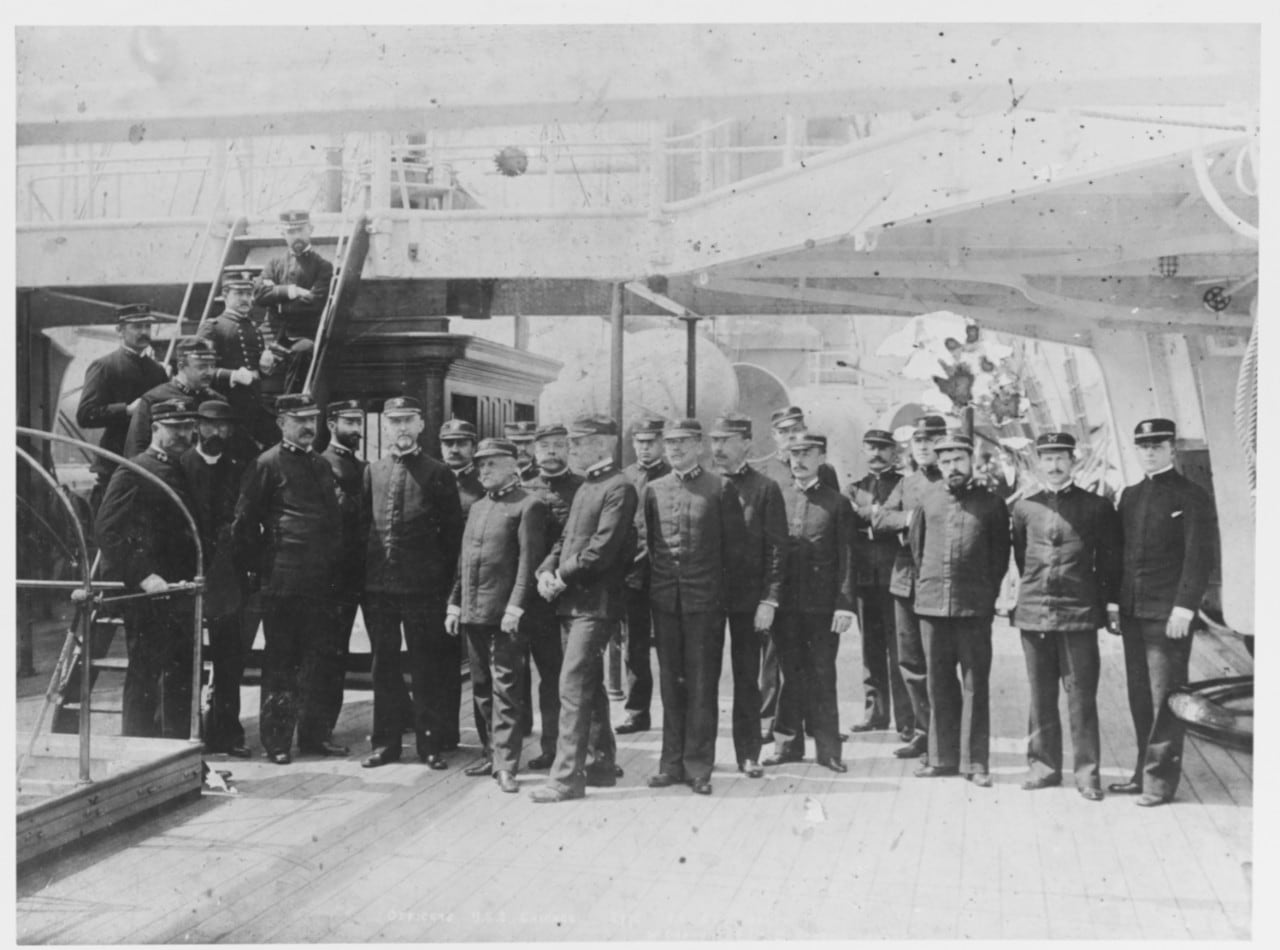
By the time Mahan took charge of his last command, the protected cruiser Chicago, in 1893, he had been regularly shifted back and forth between sea duty and classroom assignments. Although he much preferred life on land, this situation helped neither his self-confidence nor his skills in navigating a ship.
With each mishap at sea, Mahan felt greater stress. He often asked his wife to pray for him that he “may be upheld through the remnant of the cruise.”
On board the Chicago, Capt. Mahan seldom left the bridge when in the vicinity of other vessels, and his self-induced anxiety caused him constant stomach irritation. His powerful fear of the sea and possible collisions with other ships left him close to a nervous breakdown and caused him to begin to consider seriously an early retirement.
On May 27, 1893, Mahan’s fears were once again realized. In a minor accident, the Chicago, with Mahan on the bridge, had a brush with the the Navy Academy training ship Bancroft at the New York Naval Shipyard in Brooklyn. Neither vessel was seriously damaged, but this latest mishap unnerved Mahan and kept intact his record of having “grounded, collided, or otherwise embarrassed every ship (save the Iroquois) he ever commanded.”
Shortly after the Chicago-Bancroft collision, Mahan injured his knee and lower leg, causing him to be placed on the restricted-duty list. It was a welcome respite for the commander, who had grown weary of the “active pursuit of the sea and its new naval monsters.”
His recuperation also kept him out of trouble. He reported with some relief to his daughter, Ellen, on July 9, 1893: “The doctor says I must go on the sick list for a fortnight and keep my leg perfectly quiet, so if the Chicago does anything amiss in that time I shall not be the culprit.”
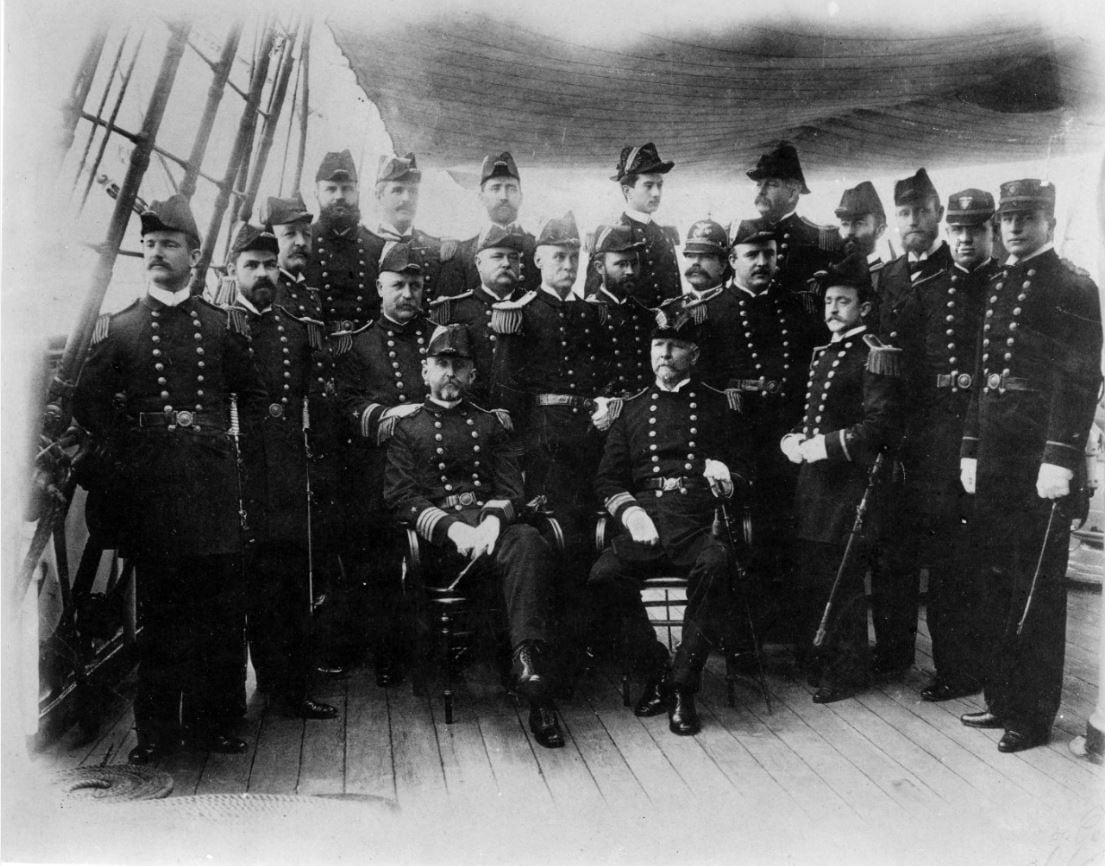
While the injured captain was on leave, the Chicago was involved in another collision.
The captain of the British tanker Azov crashed his ship into the Chicago as it was anchored in the Scheldt Estuary in the Netherlands. Mahan’s crew — obviously well drilled in emergency procedures — prevented major damage to their unlucky ship by quickly plugging the gashes left by the tanker.
By early December 1894, Mahan had had enough.
For several years he had been writing with much success, when time permitted. He knew that his greatest accomplishments would come not as a naval officer, but as a writer and historian.
Few of the men who had actively served with him could argue with the logic of this conclusion. By the time of his death in 1914, Mahan’s reputation had long transcended the limited circles of the U.S. Navy.
His true talents as a naval strategist and historian were borne out in the 137 scholarly articles and 20 books he had written, and his The Influence of Sea Power had altered modern naval planning.
It is ironic that one so knowledgeable about naval warfare could at the same time serve for forty accident-prone years on the vast seas that he feared and detested. But his long-forgotten legacy of reckless and almost comical seamanship has rightly been dwarfed by the tremendous positive effect he had on the U.S. Navy.
RELATED
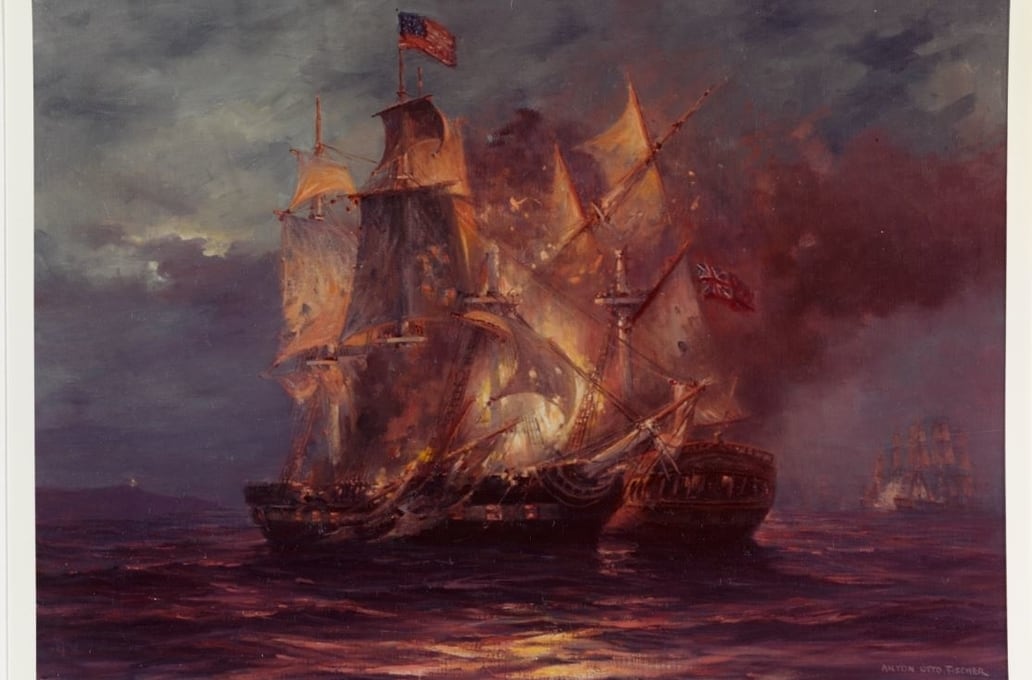
This article was written by Donald Lankiewicz and originally published in the February 1997 issue of American History Magazine. For more great articles, subscribe to American History Magazine today!




